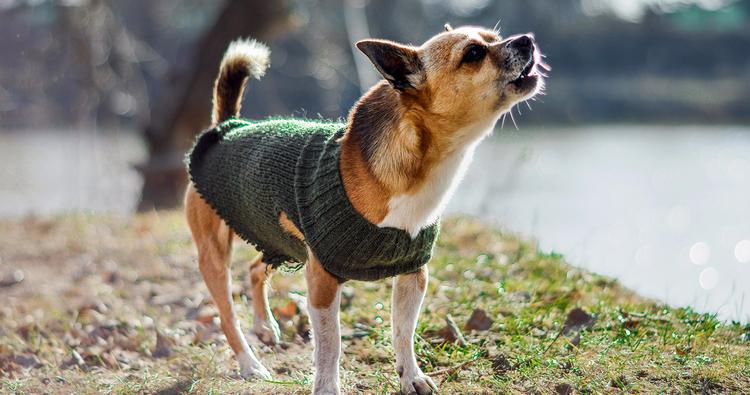by Adopt a Pet, | January 11, 2024

Mal Haven / Shutterstock
Many dogs get into mischief now and then, but if your dog often tears stuff up when you leave, it could be a sign of anxiety. Anxiety in dogs is quite common, and it ranges from mild to severe. It won’t resolve itself if ignored, so if you suspect your dog is suffering from anxiety, it’s important to take steps to address the issue before it gets worse.
Is It Anxiety Or Boredom?
Boredom is another reason that your dog may be destructive, so how do you tell the difference between separation anxiety and boredom? Here are a few hints that it’s anxiety:
Your dog only acts up when you’re not there.
The destruction is accompanied by excessive barking.
Your dog tries to escape.
Your dog goes to the bathroom in the house.
Dogs with severe anxiety are not only destructive, but they may even injure themselves trying to escape. That’s why it’s so important to find a resolution.
Work with your vet to determine if your dog is just bored and lonely or if they’re suffering from anxiety, and then you can address a solution to their behavior based on that.
For Boredom
Ensure your dog gets plenty of exercise — and that means different things to different dogs. Some pets are fine with a thirty minute walk each day while others need to be much more active.
Provide interactive toys, such as treat puzzles, to keep their mind busy. Swap out the toys often to keep it interesting.
Consider investing in doggy daycare especially if you work long hours. Hiring a dog walker is another option.
For Anxiety
While mild anxiety can sometimes be resolved with the use of calming products, by changing the dog’s environment, or even by playing classical music, moderate to severe cases may require the help of a vet or animal behaviorist.
The good news is that destruction due to boredom and anxiety are behaviors that can be resolved with the right interventions.

Adopt a Pet
Related articles
Behavior & Training
Does Dog Separation Anxiety Go Away?
Behavior & Training
Which Dog Breeds Have Separation Anxiety?

Behavior & Training
Can You Crate Train A Dog With Separation Anxiety?

Behavior & Training
Do Dogs Get Tired Of Barking?
Behavior & Training
How Do I Know If My Dog Has Separation Anxiety?

Behavior & Training
How Do You Help A Dog With Separation Anxiety?

Behavior & Training
How to Stop Dog Aggression
Vivian Zottola, MSc, CBCC, has all the answers (not to mention helpful dog-training tips) to transform your unhappy pooch into a calm, content dog.

Behavior & Training
How Do I Stop My Dog From Barking When Home Alone?

Behavior & Training
How Can I Calm My Dog’s Anxiety Naturally?

Behavior & Training
Does Doggy Day Care Help With Separation Anxiety?

Behavior & Training
What Medication Can I Give My Dog for Separation Anxiety?

Behavior & Training
Do Puppies Outgrow Separation Anxiety?
Here are nine things you can do to help your dog be less anxious in your absence.